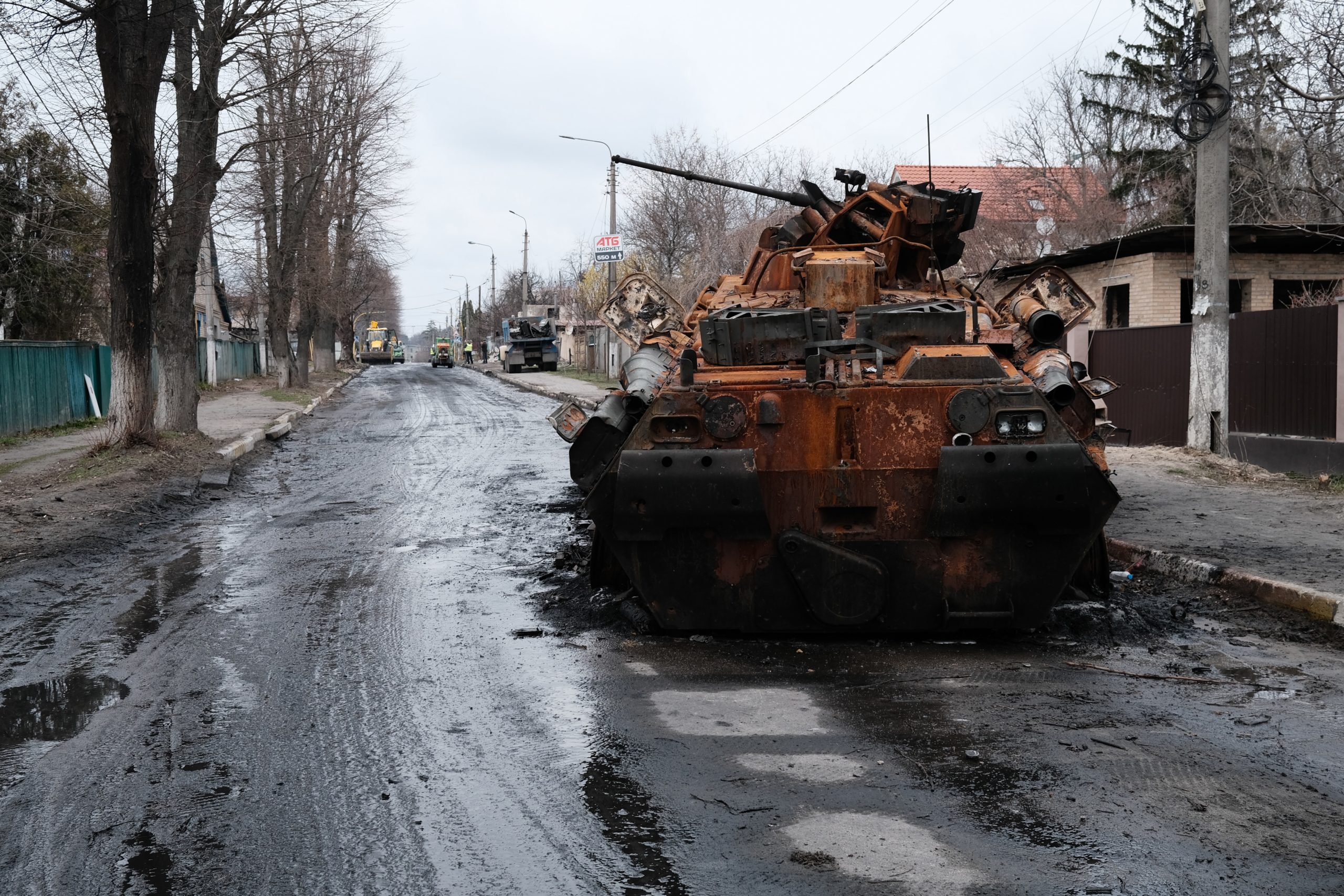When I first began developing ‘Critical Incident Stress Integration & Support’ (CRISIS) back in 2017, I was sat in a London Police Station with my colleagues, awaiting the arrival of some Police Officers requiring Traumatic Incident Reduction (TIR) following the London Bridge/Borough Market terror attack.
In a little ‘eureka!’ moment, I scribbled something down in my notebook. I’d been pondering the outcomes of our work following the earlier Westminster attack, and the similarities between the two major terror attacks that had taken place in London that year.
Both operations Classific and Datival provided opportunities for discovery learning within the context of major critical incident’s occurring within a number of geographical ‘hot zones’, presenting a challenge in terms of how best to conduct crisis intervention operations.

You see, one could easily consider the activity within each hot zone as a critical incident in and of itself – however, when constructing a logical and sequential framework to enhance natural integration processes, viewing them as isolated and unconnected activities would not support the need for contextual information gathering that first responders often require to make sense of their experience. For example, a first responder engaged in the activity in Westminster Palace yard during the Westminster attack, would most certainly have an informational need regarding what had happened leading up to their own critical moments, as naturally, this would help them to make more sense of their own experience.
And so, I developed the concept of a ‘meta-critical incident’ within the Group CRISIS workshop to help people fully understand the effects of such major incidents, and plan more effective trauma recovery operations.
Therefore:
Definition: A meta-critical incident is any large-scale, sudden, shocking, or unexpected incident, or situation, that has the potential to cause psychological crises. Meta-critical incidents cannot be experienced in their entirety by any single person, and are the context within which critical incidents may occur.
The following list, though not exhaustive, illustrates a range of meta-critical incidents:
- War
- Earthquake
- Floods
- Storms
- Marauding terror attack
- Civil emergencies
- Famine
- Pandemic
- Wildfires
- Civil disorder
- Drought
- Major industrial accidents
A noteworthy consideration is that some of the meta-critical incident types listed above are considered to be ‘natural’, whilst others are considered to be the fault of people or groups of people. This often has some bearing upon a person’s recovery trajectory.
It’s worth considering your own experiences within the scope of meta-critical incidents, and wondering how post-incident support trauma support could be delivered accordingly!
Until next time,
Sean




You must be logged in to post a comment.